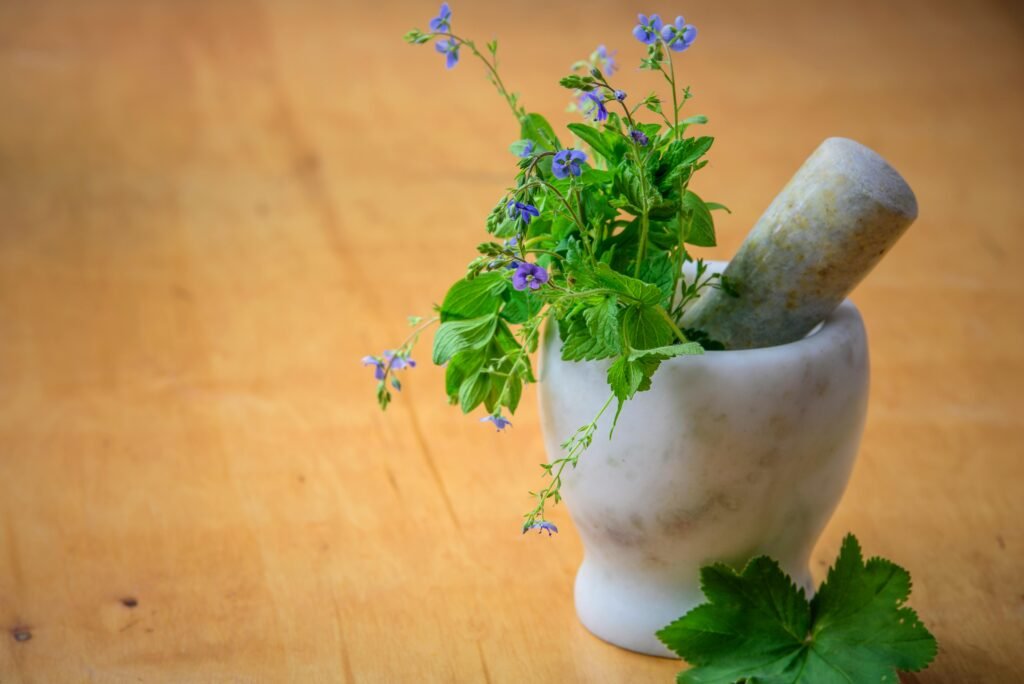The sacroiliac (SI) joint is located in the pelvis, connecting the sacrum (the triangular bone at the base of the spine) to the ilium (the large, wing-shaped bone of the pelvis). SI joint pain is a common condition that can be caused by various factors such as injury, pregnancy, arthritis, or even just everyday wear and tear. The pain is typically felt on one side of the lower back and may also radiate to the hips, groin, or thighs.
It can be sharp or dull, and may worsen with certain activities like standing, walking, or climbing stairs. SI joint pain can be debilitating and greatly affect a person’s quality of life, making it difficult to perform daily tasks or participate in physical activities. SI joint pain can be challenging to diagnose as its symptoms can mimic other conditions such as sciatica or lumbar spine issues.
However, there are specific tests and imaging studies that can help healthcare professionals determine if the SI joint is the source of the pain. Once diagnosed, treatment options may include physical therapy, medication, injections, or in severe cases, surgery. In addition to these conventional treatments, many individuals have found relief from SI joint pain through the practice of yoga.
Yoga offers a holistic approach to managing SI joint pain by addressing both the physical and mental aspects of the condition.
Key Takeaways
- SI joint pain can be caused by various factors such as injury, pregnancy, or arthritis, and is often felt in the lower back and buttocks.
- Yoga can help alleviate SI joint pain by improving flexibility, strength, and alignment, as well as reducing stress and tension in the body.
- When practicing yoga for SI joint pain, it’s important to avoid deep backbends, forward folds, and twisting poses, and to focus on gentle movements and proper alignment.
- Some yoga poses that can provide relief for SI joint pain include cat-cow stretch, child’s pose, and pelvic tilts to help stabilize and strengthen the area.
- Standing poses such as mountain pose, warrior I and II, and chair pose can help improve stability and alignment in the pelvis and lower back to alleviate SI joint pain.
Benefits of Yoga for SI Joint Pain
Improving Flexibility, Strength, and Alignment
When it comes to SI joint pain, yoga can be particularly beneficial due to its focus on improving flexibility, strength, and alignment. The gentle stretching and strengthening exercises in yoga can help alleviate tension in the muscles surrounding the SI joint, which in turn can reduce pain and improve mobility.
Managing Emotional Toll and Promoting Mindfulness
Additionally, yoga promotes relaxation and stress reduction, which can be helpful for managing the emotional toll of living with chronic pain. Furthermore, yoga encourages mindfulness and body awareness, which can help individuals with SI joint pain learn to move in ways that are more supportive of their joints. By practicing yoga, individuals can develop a better understanding of their body’s limitations and learn to modify movements to prevent exacerbating their SI joint pain.
A Holistic Approach to Managing SI Joint Pain
Overall, yoga offers a holistic approach to managing SI joint pain by addressing both the physical and emotional aspects of the condition. It empowers individuals to take an active role in their healing process and provides them with tools to improve their overall well-being.
Precautions and Modifications for Yoga Poses
While yoga can be beneficial for SI joint pain, it’s important to approach the practice with caution and make necessary modifications to avoid exacerbating the condition. Individuals with SI joint pain should work with a knowledgeable yoga instructor who can guide them through appropriate poses and provide modifications as needed. When practicing yoga with SI joint pain, it’s important to avoid deep backbends or poses that involve extreme twisting or asymmetrical movements.
These types of movements can put excessive strain on the SI joint and may worsen the pain. Instead, individuals with SI joint pain should focus on gentle stretching and strengthening exercises that promote stability and balance in the pelvis. Poses that engage the core muscles and promote proper alignment can be particularly beneficial for individuals with SI joint pain.
Additionally, using props such as blocks, straps, or bolsters can help individuals modify poses to make them more accessible and comfortable for their specific needs. By practicing yoga mindfully and making necessary modifications, individuals with SI joint pain can experience the benefits of yoga without exacerbating their condition.
Yoga Poses for SI Joint Pain Relief
| Yoga Pose | Description | Benefits |
|---|---|---|
| Child’s Pose (Balasana) | Kneel on the floor, touch your big toes together and sit on your heels, then lower your torso between your knees. | Stretches the lower back, hips, thighs, and ankles, and helps to relieve stress and fatigue. |
| Cat-Cow Pose (Marjaryasana-Bitilasana) | Start on your hands and knees, with your wrists directly under your shoulders and your knees under your hips. Inhale as you arch your back and look up (Cow Pose), then exhale as you round your back and tuck your chin to your chest (Cat Pose). | Improves flexibility of the spine, massages the organs in the belly, and helps relieve stress and calm the mind. |
| Downward-Facing Dog (Adho Mukha Svanasana) | Start on your hands and knees, then lift your hips up and back, straightening your arms and legs to form an inverted V shape. | Stretches the hamstrings, calves, and arches of the feet, strengthens the arms and legs, and relieves back pain. |
There are several yoga poses that can help alleviate SI joint pain by promoting flexibility, strength, and stability in the pelvis and lower back. One such pose is Cat-Cow stretch, which involves moving between a gentle arching of the back (Cow pose) and rounding of the back (Cat pose). This movement helps to mobilize the spine and pelvis while also engaging the core muscles.
Another beneficial pose is Child’s pose, which gently stretches the lower back and hips while promoting relaxation. Additionally, poses such as Bridge pose and Supine Spinal Twist can help strengthen the muscles surrounding the SI joint while also promoting healthy spinal alignment. These poses should be practiced mindfully and with attention to proper alignment to avoid exacerbating SI joint pain.
It’s important for individuals with SI joint pain to listen to their bodies and make necessary modifications to ensure that they are practicing yoga in a way that supports their healing process.
Standing Poses for SI Joint Pain Relief
Standing poses in yoga can be particularly beneficial for individuals with SI joint pain as they promote stability and strength in the lower body. Poses such as Mountain pose, Warrior I, Warrior II, and Triangle pose engage the muscles of the legs and core while also promoting proper alignment in the pelvis. These poses can help individuals develop greater awareness of their body’s alignment and learn to move in ways that support their SI joint.
Additionally, standing poses like Tree pose and Half Moon pose can help improve balance and stability in the pelvis, which is important for individuals with SI joint pain. When practicing standing poses with SI joint pain, it’s important to focus on grounding through the feet and engaging the muscles of the legs and core to support the pelvis. Making necessary modifications such as using props or adjusting the stance can help individuals practice standing poses safely and effectively.
Seated Poses for SI Joint Pain Relief
Stretching the SI Joint Muscles
Poses such as Seated Forward Fold, Bound Angle pose, and Half Lord of the Fishes pose gently stretch the muscles surrounding the SI joint, promoting healthy spinal alignment. These poses can be particularly beneficial for individuals who experience discomfort when standing or walking for extended periods.
Improving Hip Mobility
Additionally, seated poses like Cow Face pose and Wide-Angle Seated Forward Bend can help individuals improve hip mobility and reduce tension in the muscles surrounding the SI joint.
Practicing Safely and Comfortably
When practicing seated poses with SI joint pain, it’s important to sit on a supportive surface such as a bolster or blanket to reduce pressure on the lower back and pelvis. Making necessary modifications such as using props or adjusting the depth of the stretch can help individuals practice seated poses safely and comfortably.
Supine Poses for SI Joint Pain Relief
Supine poses in yoga are performed while lying on the back and can be particularly beneficial for individuals with SI joint pain as they promote relaxation and gentle stretching of the lower back and hips. Poses such as Supine Pigeon pose, Happy Baby pose, and Reclined Bound Angle pose gently stretch the muscles surrounding the SI joint while also promoting relaxation. These poses can be helpful for individuals who experience discomfort when standing or sitting for extended periods.
Additionally, supine poses like Knee-to-Chest pose and Supine Spinal Twist can help individuals improve flexibility in the lower back and reduce tension in the muscles surrounding the SI joint. When practicing supine poses with SI joint pain, it’s important to use props such as blankets or bolsters to support the body and reduce strain on the lower back and pelvis. Making necessary modifications such as adjusting the depth of the stretch or using props can help individuals practice supine poses safely and effectively.
In conclusion, yoga offers a holistic approach to managing SI joint pain by addressing both the physical and emotional aspects of the condition. By practicing yoga mindfully and making necessary modifications, individuals with SI joint pain can experience relief from their symptoms while also improving their overall well-being. It’s important for individuals with SI joint pain to work with a knowledgeable yoga instructor who can guide them through appropriate poses and provide modifications as needed.
With consistent practice and attention to proper alignment, individuals with SI joint pain can experience the benefits of yoga without exacerbating their condition.





